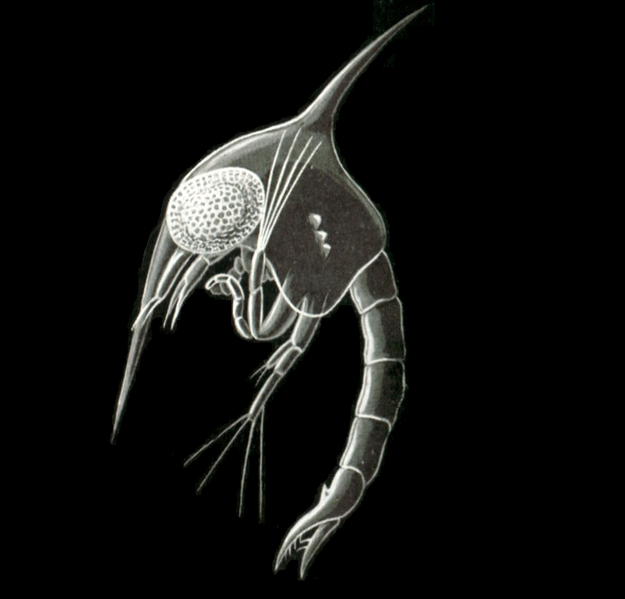
.jpg) Life
Cycle
Life
Cycle
Graceful Decorator Crab's live a
solitary existence throughout the majority of their lives.
Between the months of May and August, however, is the
season in which large planktonic blooms form causing the
crabs to come together and mate with one another (Larson
2013). Chemical
cues released from the crabs have been identified as a main
driving force behind their searching for a partner (Ever
Green 2011).
Once a companion has been located, males use their abdominal
appendages to grasp on to the female and dispatch their
sperm (Ever Green 2011).
This sperm lacks flagella making it nearly impossible
for them to reach the eggs on their own.
Thus, they are transferred through the aide of
spermatophores, a type of packaging injected directly into
the female crab (Cattle Point 2010).
Once fertilization of the eggs has been completed,
they are fastened to the females abdominal setae using a
tacky secretion produced from their mouths.
By frequently aerating the eggs and removing foreign
bodies, the females help keep them healthy and developing properly.
and developing properly.
<<<Nutrition Interactions>>>